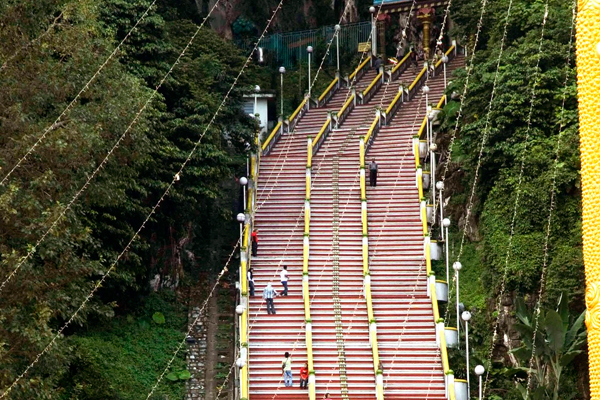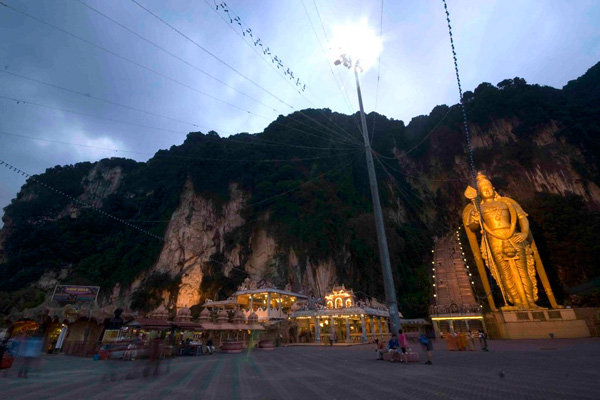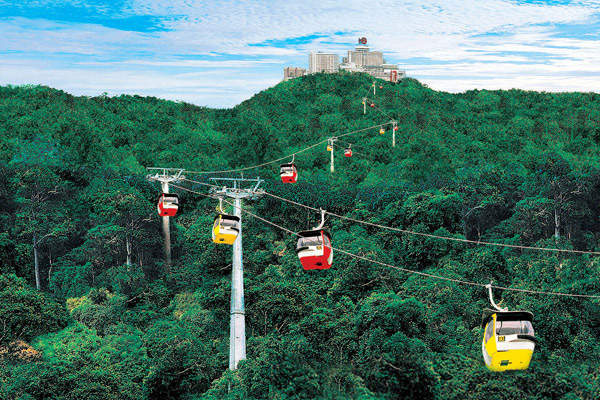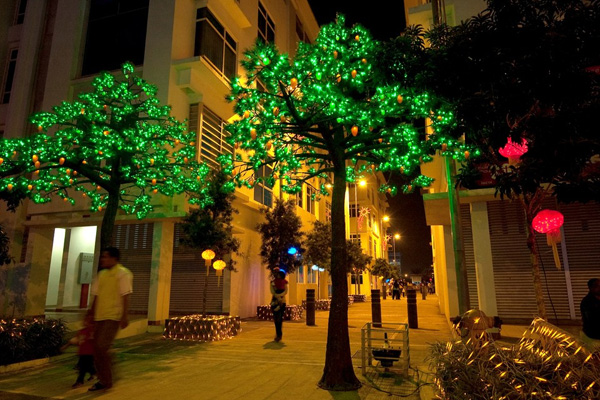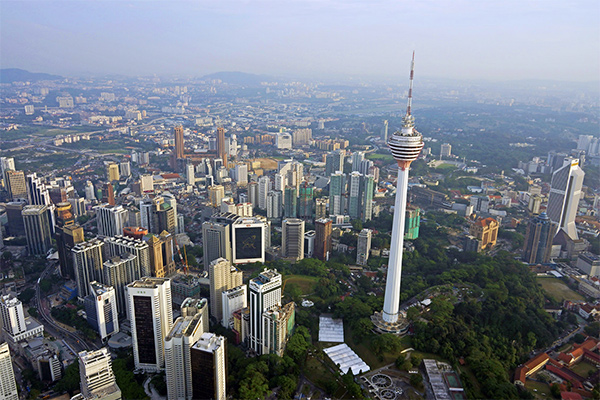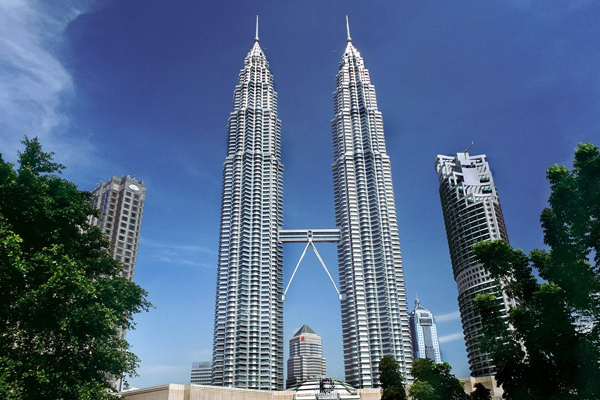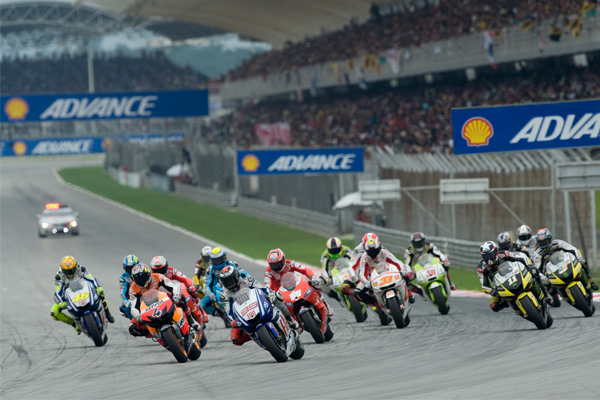Malaysia is a federal constitutional monarchy located in Southeast Asia. It consists of thirteen states and three federal territories and has a total landmass of 329,847 square kilometers (127,350 sq mi) separated by the South China Sea into two similarly sized regions, Peninsular Malaysia and East Malaysia (Malaysian Borneo). Peninsular Malaysia shares a land and maritime border with Thailand and maritime borders with Singapore, Vietnam, and Indonesia. East Malaysia shares land and maritime borders with Brunei and Indonesia and a maritime border with the Philippines. The capital city is Kuala Lumpur, while Putrajaya is the seat of the federal government. In 2010 the population was 28.33 million, with 22.6 million living in Peninsular Malaysia. The southernmost point of continental Eurasia, Tanjung Piai, is in Malaysia, located in the tropics. It is one of 17 mega diverse countries on earth, with large numbers of endemic species.
Malaysia is like two countries in one, cleaved in half by the South China Sea. The multicultural peninsula flaunts Malay, Chinese and Indian influences, while Borneo hosts a wild jungle of orang-utans, granite peaks and remote tribes. Throughout these two regions is an impressive variety of microcosms ranging from the space-age high-rises of Kuala Lumpur to the smiling longhouse villages of Sarawak.
Peninsular Malaysia is the long finger of land extending south from Asia as if pointing towards Indonesia and Australia. Much of the peninsula is covered by dense jungle, particularly its mountainous, thinly populated northern half. On the western side of the peninsula there is a long, fertile plain running down to the sea, while on the eastern side the mountains descend more steeply and the coast is fringed with sandy beaches. The other part of the country, comprising more than 50% of its area, is Malaysian Borneo – the northern part of the island of Borneo (the larger, southern part is the Indonesian state of Kalimantan). Malaysian Borneo is divided into the states of Sarawak and Sabah, with Brunei a small enclave between them. Both states are covered by dense jungle, with many large river systems, particularly in Sarawak. Mt Kinabalu (4101m) in Sabah is Malaysia’s highest mountain.
And then there’s the food. Malaysia (particularly along the peninsular west coast) has one of the best assortments of cuisines in the world. Start with Chinese-Malay ‘Nonya’ fare, move on to Indian curries, Chinese buffets, Malay food stalls and even impressive Western food. Yet despite all the pockets of ethnicities, religions, landscapes and the sometimes-great distances between them, the beauty of Malaysia lies in the fusion of it all, into a country that is one of the safest, most stable and manageable in Southeast Asia.

